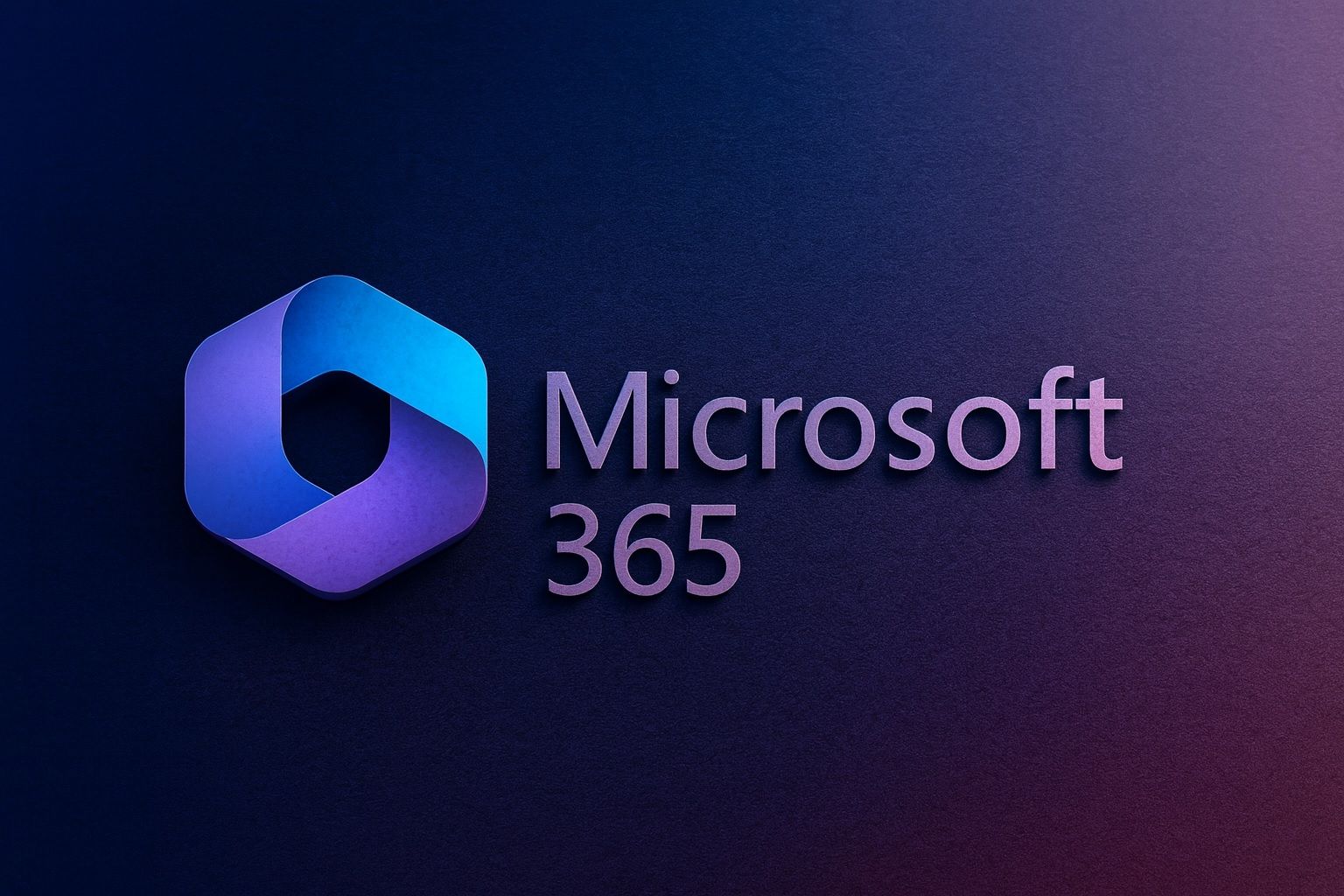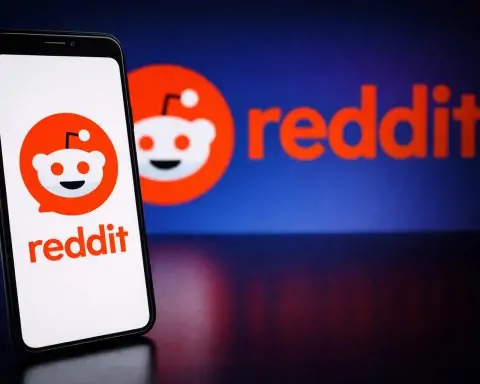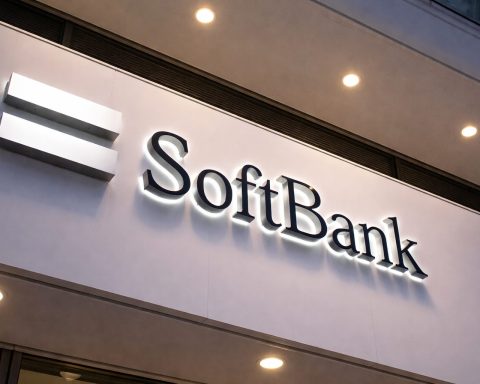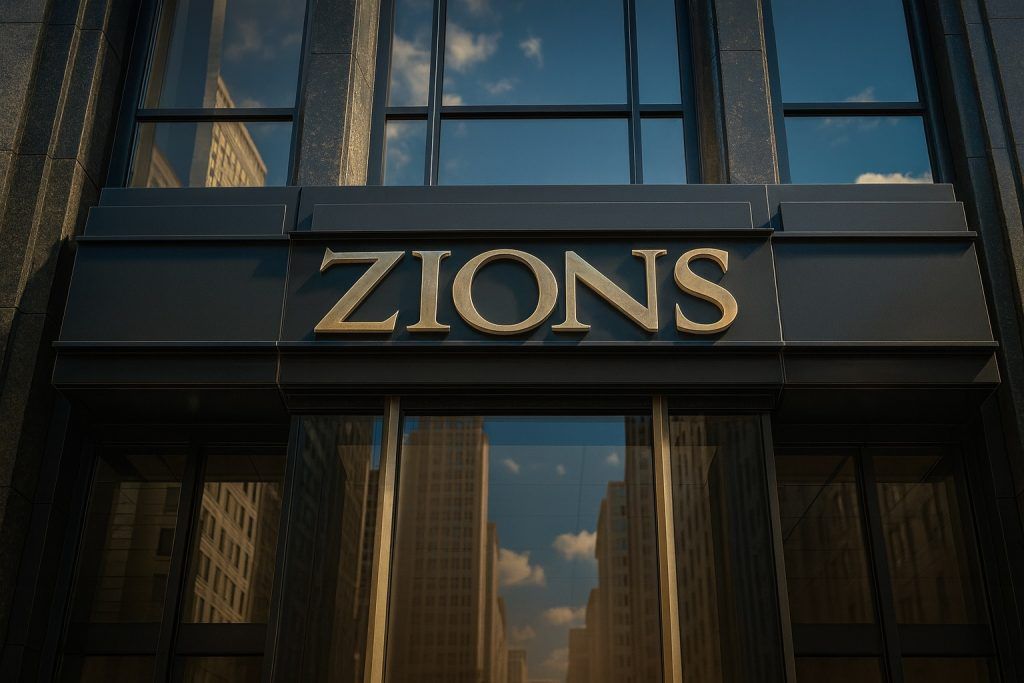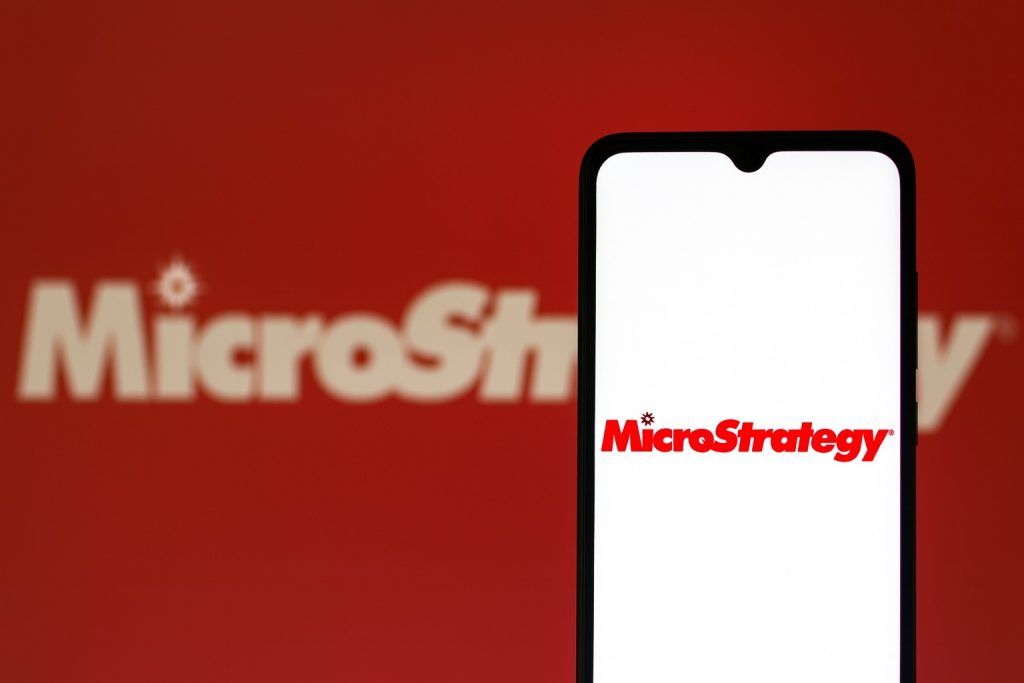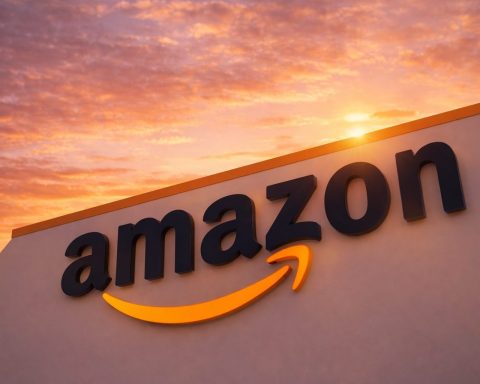- Google’s opportunistic strike: Alphabet’s Google has unveiled two new Google Workspace offerings aimed squarely at Microsoft 365’s recent reliability woes. The “Business Continuity” plan runs Gmail, Drive, Meet and other Workspace apps in parallel with Microsoft 365 – so if Microsoft’s services go down, employees can instantly switch to Google’s tools to stay online [1] [2]. A second offering, the “Work Transformation Set,” bundles Google Workspace with identity management partners like Okta and JumpCloud to help companies fully migrate off Microsoft 365 if they choose [3].
- “When, not if” Microsoft fails: Google is pointedly calling out what it describes as “frequent and severe” outages of Microsoft’s cloud suite [4]. The company bluntly says “it’s a question of when and for how long, not if” Microsoft 365 will go down [5]. This rhetoric comes on the heels of a major Microsoft 365 email outage on October 8 that left many users unable to access Outlook [6]. (That incident was resolved, but only after hours of disruption, according to Microsoft’s status updates.)
- Rivalry in the AI era: The aggressive marketing underscores the high-stakes battle between the tech giants. Microsoft leads the office software market with its Office/365 suite and new AI assistant Copilot, but Google is pitching Workspace with its Gemini AI as a more reliable, “cloud-first” alternative [7]. Google’s Ganesh Chilakapati, a Workspace product director, even blasted Microsoft’s “architectural brittleness,” arguing Google’s own cloud infrastructure offers a more resilient, secure AI-powered workspace for businesses frustrated by Microsoft’s hiccups [8].
- Security and lock-in concerns: Beyond outages, Google points to security vulnerabilities on Microsoft’s platform and restrictive licensing as reasons to switch [9] [10]. Recent Microsoft 365 hacks (e.g. Exchange and SharePoint exploits) and high-profile failures of Microsoft’s identity systems have shaken customer confidence [11] [12]. Google’s messaging suggests that staying with “legacy” Microsoft tools is risky, and it’s urging organizations to “break free” for a more modern, Google-based solution [13].
- Stocks and outlook: Investors are watching this cloud clash closely. Microsoft’s stock dipped slightly after Google’s announcement – shares “slipped fractionally” in Thursday’s trading as the news broke [14]. Even so, at around $510–$515, MSFT remains up over 20% year-on-year, and Wall Street is largely optimistic it can weather the threat. In fact, 33 out of 34 analysts recently rated Microsoft a “Buy,” with a consensus price target around $618 (roughly 20% above current levels) [15]. Alphabet’s stock, meanwhile, has been on a tear – up ~29% in 2025 – briefly vaulting Google’s parent company above a $3 trillion market cap [16]. Google’s strong stock and cash position, fueled by AI optimism, give it confidence (and resources) to challenge Microsoft’s dominance in enterprise software.
Google Offers a Lifeline as Microsoft Stumbles
Google’s announcement comes at an opportune moment. In recent months, Microsoft 365 has suffered a string of outages and technical glitches that have frustrated corporate customers [17]. Just last week on October 8, an authentication issue knocked out Exchange Online email access for many users, one of several incidents that have hit Microsoft’s cloud services this year. Such disruptions “underscore the dependence on Microsoft’s cloud – and the chaos when it hiccups,” as one report put it [18]. Sensing an opening, Google is seizing the narrative: downtime isn’t an occasional blip but an ongoing risk with Microsoft – and Google wants to be the safety net, and ultimately the replacement.
At the heart of Google’s play is the new Workspace Business Continuity plan. This offering essentially keeps a live backup of a company’s productivity tools running on Google’s cloud. “Workspace, with support from our partners, will sync emails, calendars, chat, and more with Microsoft 365, so customer data is right where organizations need it, without requiring migration,” Google explained in its announcement [19] [20]. In practice, that means a business can keep using Outlook, Exchange, Teams, etc. day-to-day – but if those go down, employees can immediately switch to Gmail for email and Google Meet for videoconferences without missing a beat [21] [22]. All the data (messages, calendars, files) stays synchronized between the two systems. It’s a real-time failover solution for Microsoft’s frequent rainy days.
For organizations fed up enough to consider leaving Microsoft entirely, Google’s second new offering – the Work Transformation Set – goes further. It bundles Google Workspace with the company’s Gemini AI assistant (an answer to Microsoft’s AI Copilot) and integrates identity management and device security through partners (one version pairs with Okta and Omnissa, another with JumpCloud) [23] [24]. The idea is to provide a one-stop package to replace Microsoft 365. Google is trying to remove the typical barriers to switching – like user authentication, device management, and compliance – by handling those via trusted third-party solutions under a unified Google contract [25] [26]. In short, Google is saying: We have a turnkey suite ready for the AI era, without Microsoft’s downtime and security headaches.
“When (Not If) 365 Fails” – A Bold Claim
Google’s language in promoting these services has been unusually blunt, reflecting the intensity of the competition. The company openly mocks Microsoft’s reliability, saying 365 going down is a matter of “when and for how long, not if.” It even pointed to Microsoft’s own official X (Twitter) account for 365 status updates, which regularly posts outage reports to millions of Microsoft customers [27] [28]. In Google’s view, those status alerts have practically become a running advertisement for why you need a backup plan. Google also described Microsoft 365’s outages as “frequent and severe,” a stark characterization aimed at sowing doubt among IT decision-makers about Microsoft’s robustness [29]. (Microsoft, for its part, said the October 8 outage was quickly mitigated and that it continuously works to improve cloud reliability and security, though the company has not directly commented on Google’s latest campaign.)
Adding insult to injury for Microsoft, Google is spotlighting some of Redmond’s recent security lapses as part of its pitch. In a Workspace blog post, Google cited examples like vulnerabilities in Microsoft Entra ID (formerly Azure AD) and troubling practices such as Microsoft’s use of so-called “digital escorts” for U.S. Defense Department email systems [30]. Google’s message: not only does Microsoft struggle to keep its services online, but its cybersecurity track record has gaps, potentially jeopardizing customers with hacks or breaches. By contrast, Google touts its own security posture – from zero-trust architecture to 99.99% uptime this year on Google Workspace [31] – as a core advantage. It’s effectively telling businesses: why trust your productivity to a wobbly platform that goes down and can get compromised, when you could be on Google’s “secure-by-design” infrastructure?
Unsurprisingly, Microsoft’s huge installed base isn’t going to uproot overnight. Microsoft 365 remains deeply embedded in the daily operations of countless organizations, from Fortune 500 companies to governments and small firms. Migrating an entire enterprise’s email, file storage, and workflows to a new ecosystem is no small feat – and Microsoft’s feature-rich Office apps still set the standard in many areas. Yet, Google clearly sees an opportunity to peel away at the margins. Highly regulated industries and any companies that absolutely cannot afford downtime might be enticed by the continuity plan as a safeguard. And some organizations, tired of ever-increasing Microsoft 365 licensing costs and recent outages, could consider Google’s full-court press as a reason to evaluate a switch, especially if they’re already using other Google services.
Tech Titans Trade Blows in Cloud Office War
This isn’t the first time Google and Microsoft have sparred over the workplace productivity market – far from it. Tech’s two titans have a long history of trading blows in public. Last year, Microsoft accused Google of bankrolling “shadow campaigns” to discredit Microsoft’s cloud business in Europe [32]. Go back a decade, and Microsoft was running its infamous “Scroogled” ad campaign (2012–2013) painting Google as an enemy of privacy, in an attempt to stem Gmail’s rise [33]. Google, for its part, has often pushed schools and startups to adopt its cheaper, cloud-only Google Docs and Gmail, chipping away (albeit modestly) at Office’s dominance. The rivalry has only intensified in the AI era – both companies are racing to infuse AI into email, documents, and collaboration tools. Microsoft’s launch of Copilot (an AI assistant for Office apps) earlier this year was seen as a game-changer, leveraging OpenAI’s GPT models to automate tasks in Word, Excel, Outlook and more. Google answered by integrating its own Gemini AI (and before that, “Duet AI”) into Workspace apps like Gmail and Docs. Now this battle is escalating into reliability and security – an area where Microsoft traditionally prided itself for enterprise-grade service, but where Google is pressing hard on Microsoft’s weak spots.
Industry experts say that even if Google’s aggressive campaign doesn’t lead to a mass exodus from Microsoft in the short term, it could push Microsoft to up its game. “Microsoft can’t afford too many more high-profile outages or it will start losing trust with big clients,” said one analyst. Indeed, after a similar outage this summer, Microsoft had to issue service credits and explain to customers what went wrong. The embarrassment of having Google swoop in to highlight those failures will likely spur Microsoft to invest even more in fortifying its cloud infrastructure (and perhaps make it more transparent when issues occur). On the flip side, Google’s gambit could win it some goodwill – and new paying customers – if companies pilot these continuity plans. At minimum, Google’s willingness to run parallel systems as backup might appeal to IT managers anxious about single-vendor dependence. It’s a clever foot-in-the-door strategy for Google to eventually convert those backups into full migrations.
Market Impact: Microsoft Remains Strong – For Now
From a market perspective, Microsoft’s throne isn’t toppled by one marketing offensive, but the pressure is on. Microsoft’s stock ticked down slightly on the news of Google’s Workspace push [34], reflecting mild investor concern that this rivalry could chip away at some of Microsoft’s $168 billion cloud business [35]. Still, Microsoft’s overall financial performance has been stellar – the company just posted double-digit growth in cloud and Office revenues, and its stock is up about 23% over the past year [36] [37]. Most analysts aren’t expecting a flood of defections to Google; in fact, the analyst consensus on MSFT remains a “Strong Buy” with price targets suggesting significant upside [38]. The feeling is that Microsoft’s expansive product suite (Office, Windows, Azure, etc.), its enterprise support, and decades-long customer relationships give it a formidable defense against a challenger.
That said, Alphabet (Google’s parent) is no underdog – it’s one of the world’s most valuable companies in its own right, recently touching a $3 trillion valuation as investors bet on its AI and cloud potential [39]. Google can afford to be patient and persistent. Even incremental gains in market share for Workspace (or simply driving Microsoft to offer concessions to customers to stay) can be seen as a win. If nothing else, Google’s campaign highlights to enterprise buyers that they do have alternatives. For Microsoft, the episode might serve as a wake-up call to double-down on reliability, customer communication, and perhaps more flexible licensing to prevent any disillusionment.
The bottom line: Google smelled blood after Microsoft’s latest outages and is going for the jugular with an unusually direct challenge – effectively daring businesses to rethink their Office 365 dependency. Microsoft’s cloud franchise isn’t in imminent peril, but the gauntlet has been thrown. Corporate tech buyers will benefit from this dogfight, as each company will be driven to improve their services and pricing. As one publication wryly noted, some workers might even welcome a brief cloud outage as “the blissful release of freedom from Teams invites and spam emails” [40] – but jokes aside, downtime has serious costs. Now, with Google waving a red flag, Microsoft will be under even greater pressure to keep the world’s workplaces humming without interruption. Businesses, meanwhile, have a new escape hatch to consider the next time Outlook goes dark.
Sources: Bloomberg [41] [42]; The Verge [43] [44]; TipRanks [45] [46]; ChannelNews [47] [48]; Google Workspace Blog [49] [50]; TS² Tech [51] [52] [53].
References
1. www.channelnews.com.au, 2. www.channelnews.com.au, 3. www.channelnews.com.au, 4. www.theverge.com, 5. www.theverge.com, 6. www.channelnews.com.au, 7. www.channelnews.com.au, 8. www.channelnews.com.au, 9. workspace.google.com, 10. workspace.google.com, 11. workspace.google.com, 12. workspace.google.com, 13. workspace.google.com, 14. www.tipranks.com, 15. ts2.tech, 16. ts2.tech, 17. www.channelnews.com.au, 18. ts2.tech, 19. www.techbuzz.ai, 20. www.techbuzz.ai, 21. www.techbuzz.ai, 22. www.techbuzz.ai, 23. workspace.google.com, 24. workspace.google.com, 25. workspace.google.com, 26. workspace.google.com, 27. www.techbuzz.ai, 28. www.techbuzz.ai, 29. www.theverge.com, 30. workspace.google.com, 31. workspace.google.com, 32. www.theverge.com, 33. www.theverge.com, 34. www.tipranks.com, 35. ts2.tech, 36. ts2.tech, 37. ts2.tech, 38. ts2.tech, 39. ts2.tech, 40. ts2.tech, 41. news.bloomberglaw.com, 42. news.bloomberglaw.com, 43. www.theverge.com, 44. www.theverge.com, 45. www.tipranks.com, 46. www.tipranks.com, 47. www.channelnews.com.au, 48. www.channelnews.com.au, 49. workspace.google.com, 50. workspace.google.com, 51. ts2.tech, 52. ts2.tech, 53. ts2.tech
